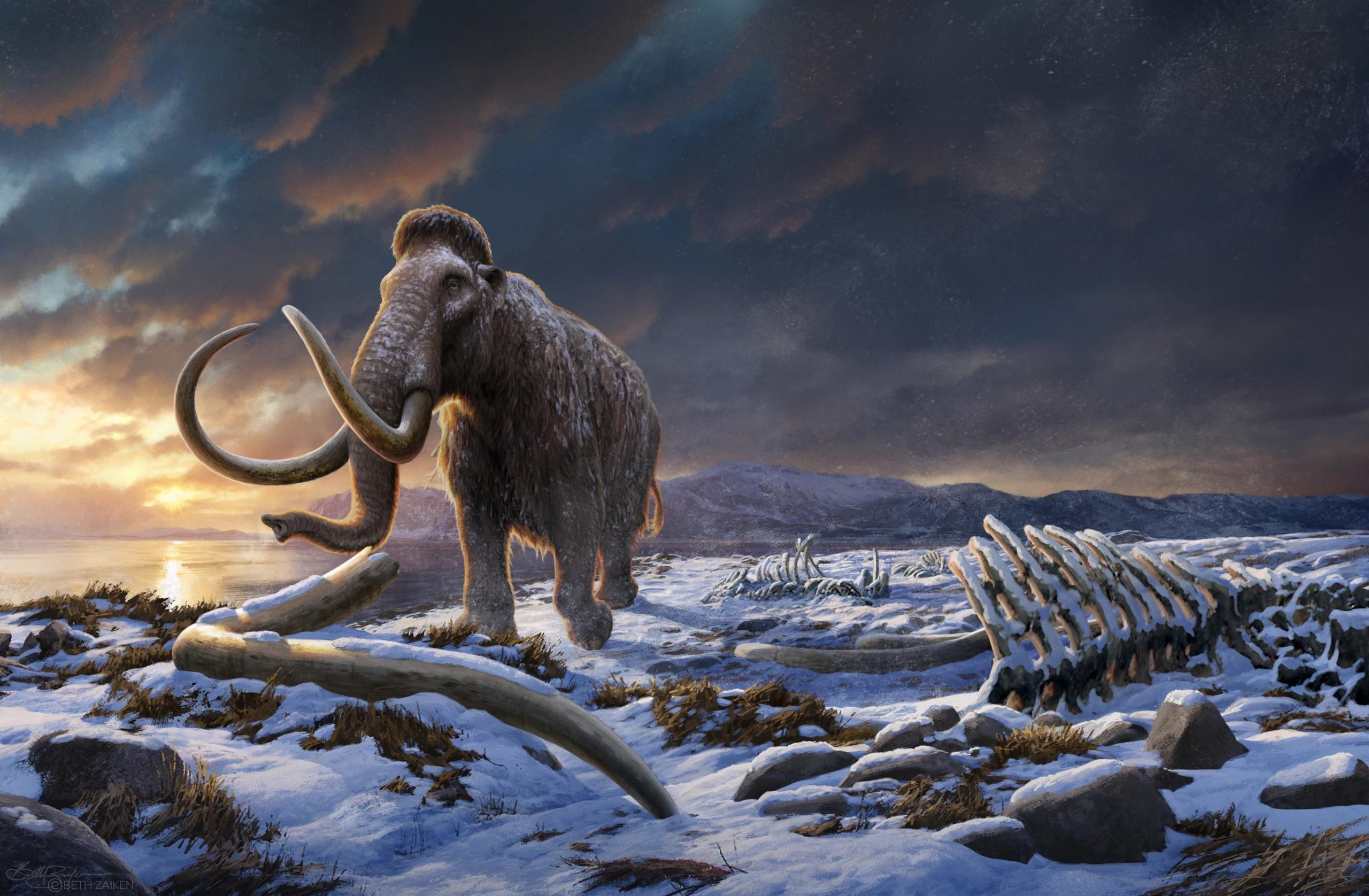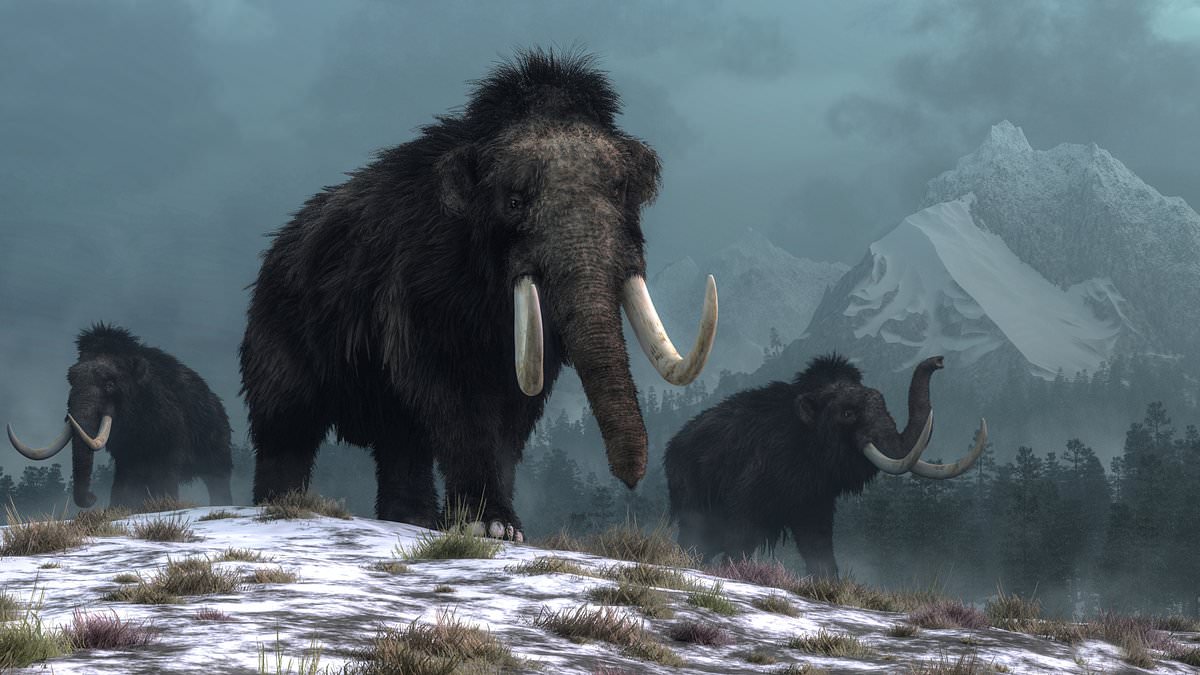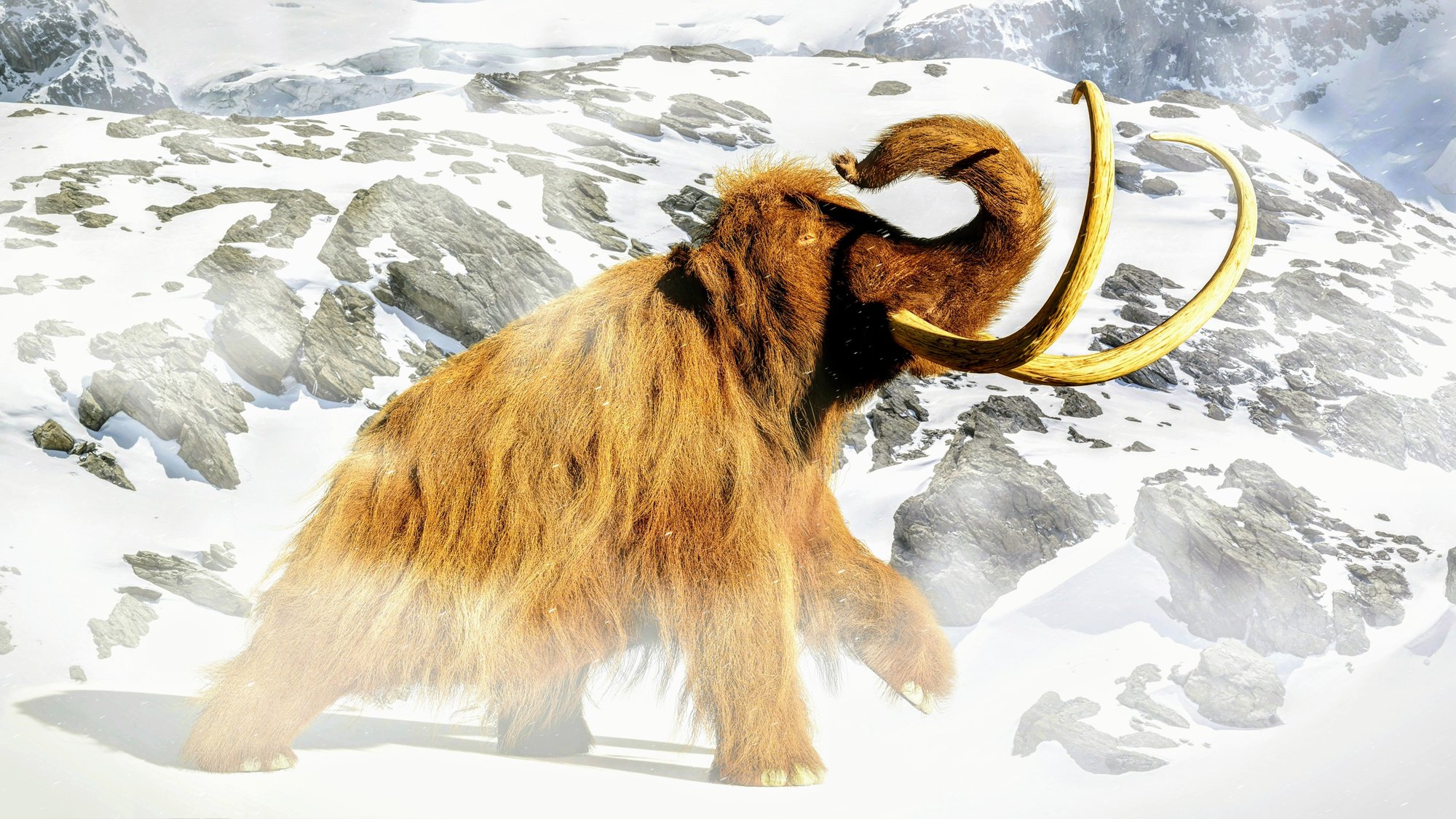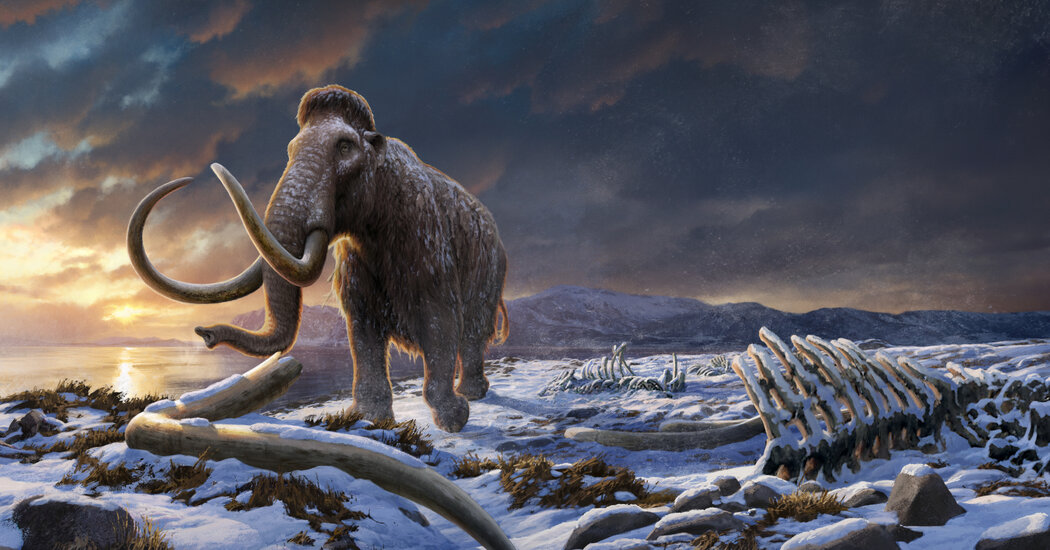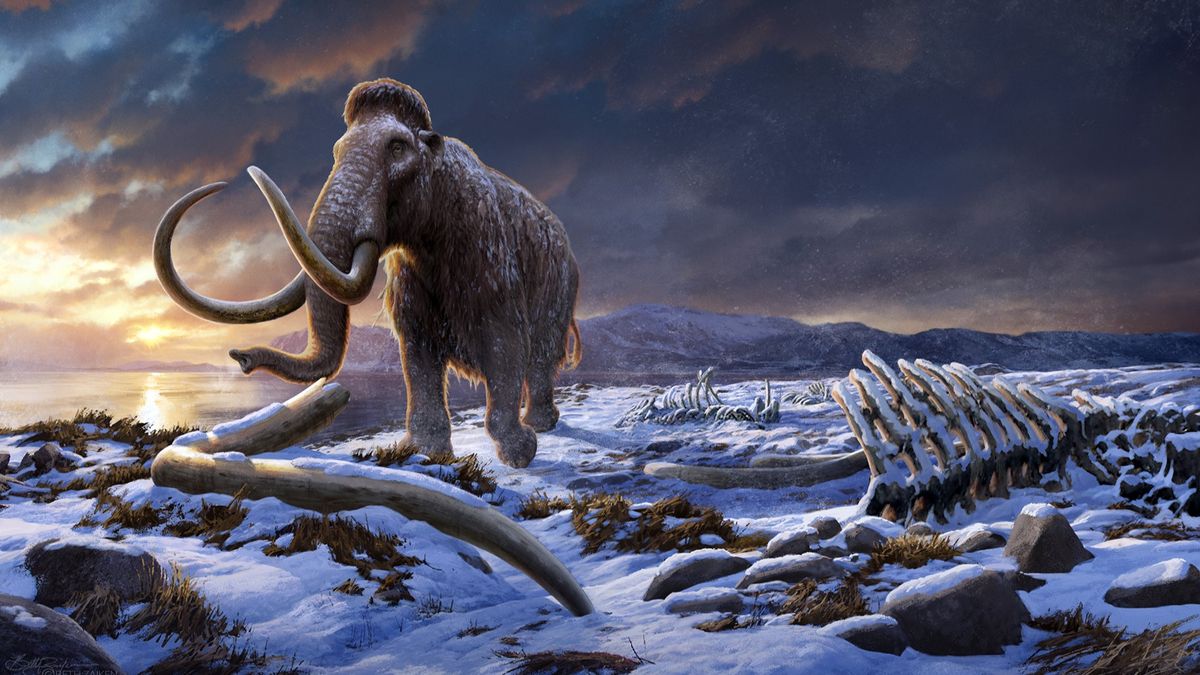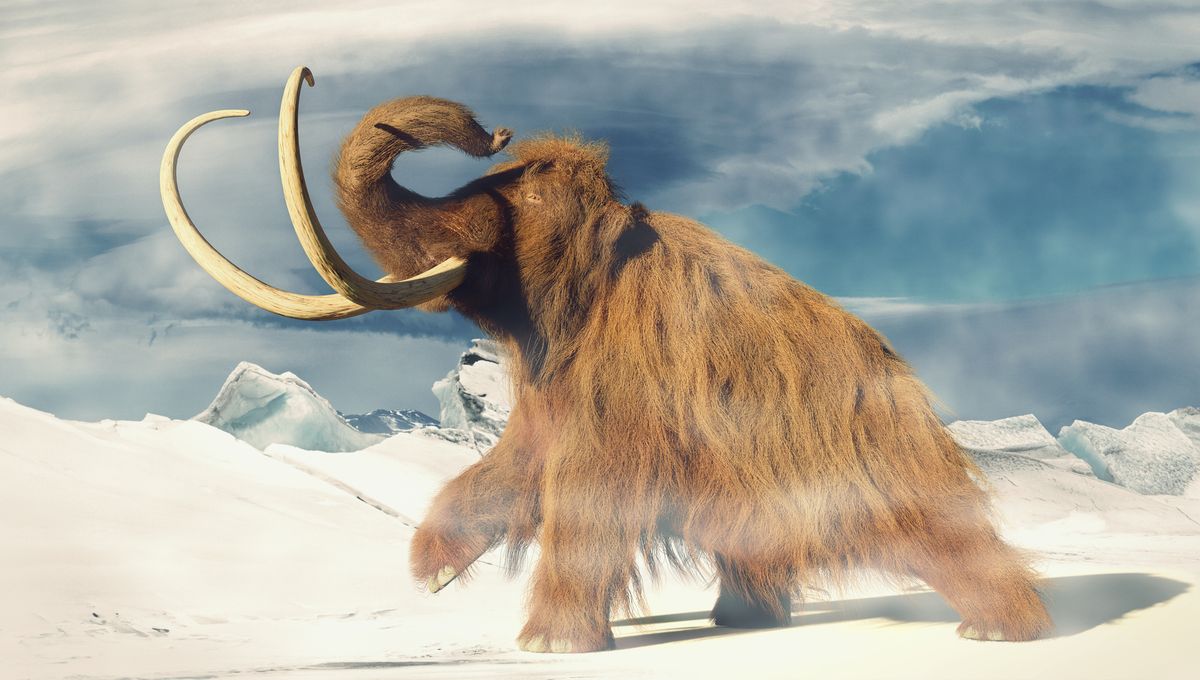The Last Stand of the Woolly Mammoths: Secrets of Survival and Mysterious Extinction on Wrangel Island
The woolly mammoths on Wrangel Island, from a tiny original population, persisted for 6,000 years despite genetic obstacles. Their sudden extinction remains a mystery, offering lessons for modern conservation efforts. Credit: Beth Zaiken Genetic analysis of the last woolly mammoths on Wrangel Island has revealed a population that managed to survive for 6,000 years despite … Read more
